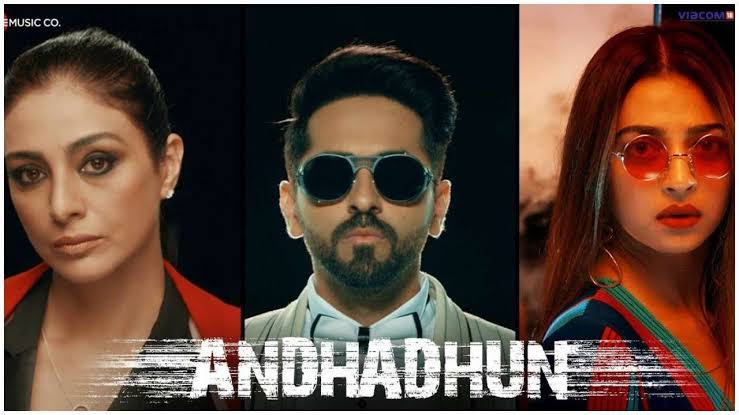According to mythology, centaurs are creatures whose upper body is that of a man while the lower body and legs are those of a horse. Even though they are sometimes portrayed as malicious, their overall figure makes them a symbol for wildness and being untamed, a free spirit whose very roots are in the forests and prairies of the world. In his 2016 feature named “Centaur”, Kyrgyzstani director Aktan Abdykalykov may not refer to the mythological creatures directly, but most certainly to what they stand for. The film, which won the renowned CICAE Award at Berlin Film Festival 2016 and was the Kyrgyz entry for the 90th edition of the Oscars, deals with a transition within Kyrgyz society, a skeptical view on the question whether the step into modernity coincides with the dissolution of traditions, values and essentially what has defined a society for centuries.
For many years, Centaur (Aktan Abdykalykov) has been a movie projectionist in the village he lives, but ever since the movie theater became a surrogate mosque for the Muslims in the village community, he spends his time taking care of his deaf-mute wife and their sons. For quite some time, he has sneaked his way out of the house at night, breaking into the horse stables of landowners, rich people and other local authorities, such as his half-brother Karabay (Bolot Tentimyshov) and stole their most precious racing horses for one ride under the night sky.
However, as soon as Karabay notices one his most priced possessions is gone, he suspects Sadyr (Ilim Kalmuratov), a well-known horse thief, who takes pride in what he does and has frequently boasted about his skills in front of the villagers. When the horse is surprisingly returned, Sadyr, angry about his now tarnished reputation due to Karabay's accusation, comes up with a plan to trap the real thief who has to be punished.

Repeatedly Khasan Kydryaliyev's camera captures the beauty of the Kyrgyz, the wide, seemingly endless landscape with the magnificent mountains on the horizon completing the breathtaking picture. It is an image suggesting absolute freedom and wildness, which, as Abdykalykov's viewer will know soon enough, stands in sharp contrast to the overall restrictive and limited village and its people. What is wild and part of nature needs to be tamed and, if possible, turned into profit, like the race horses, animals trained to make more money for their owners, an investment among others and thus, someone's property.
At the same time, people such as Centaur and his behavior have to fit into certain patterns to make them comprehensible. Given his general modest and polite attitude, his friendliness towards a woman Sadyr is quite fond of or his predilection for telling stories about the old times, most notably to his son with whom he spends most of his time when he is at home, he becomes the center of attention and consequently gossip. He is a person who does not fit to the standards defined by the village society, a person who does not have a job, no apparent purpose and whose marriage to someone, who is, in the eyes of the people, crippled and who “flirts” with other women. As Centaur explains towards Karabay in one of the key moments in the film, there is perhaps no point in calling the villagers a community since their differences in terms of class, status, gender and faith are far too great for them to actually form a community, a unit who would fight together and thus be free, like their ancestors. Considering their idea of branding someone an outsider based on gossip and hearsay supports that assumption.
Finally, “Centaur” is a truly beautiful film and provides a story about tradition, asking the question whether the transition into modernity has manifested a tough-to-overcome distance between people. Aktan Abdykalykov manages to tell a captivating tale whose images and themes will surely resonate with many audiences.















